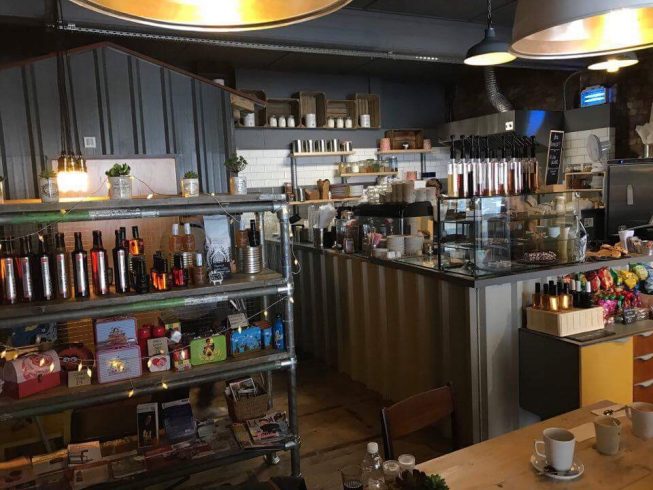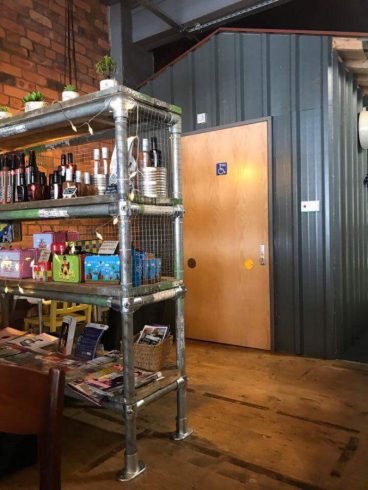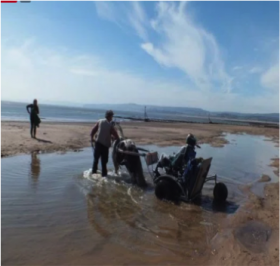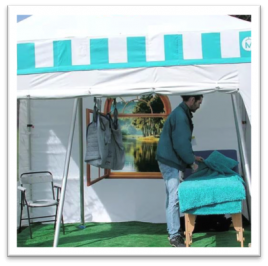…we find out how to access that adventure.
It’s my son’s 16th birthday this weekend, my young man growing up and talking about all of the things he want’s to do in his new year. He mentioned the word adventure and it got me thinking about how we supported him to access adventures growing up.
Adventure is different for us all. When my son was 4, adventure was getting out of his wheelchair and taking a walk around the garden, when he was 9 his sights were on learning to ride a bike when he was 13 he made that happen and now his adventures are on a mountain bike.
Finding adventure
I grew up with adventure and still enjoy a little when I get the chance. As I watched my son growing up we brought adventure to him, we watched him indoor climbing and caving in the Boiler House Halifax (5 house with one flask of tea in -1 oC, now thats dedicated parenting).
I watched how the CI Adventures team at the Boiler house worked together to successful support a young wheelchair user to be winced up the entire wall, chair and all whilst we all watched cheering and getting emotional. That one act created so much joy.
Ever checked out the Bendrigg Trust? Adventure and equality go hand in hand. I have met a few people who have had wild adventures here, each person I spoke to recommended them as a centre to visit. Their website expresses that the Trust has supported around 79,000 individuals with disabilities or are disadvantaged. This is an established Trust and one to definately consider if this is what you are looking for.
Lake District is a sensory rich place that is filled with awesomeness, walks, hills, caves, gorges, villages, towns, sailing, zip wires, climbing and the Calvert Trust. Like the Bendrigg Trust it make adventure so much more accessible.
Rambling; walking outdoor where the smells, sounds and textures are far from the city can be healing, expansive for the mind and fulfilling inside. Ramblers.org can help you access great routes for people who live with blindness or visual impairment.
Who doesn’t like a bit of mountain biking? Okay so it’s not for everyone but if a good old mud trail with big bumps, and rocky terrain is something you’d like to have a go at… Adaptive mountain biking by Disability Horizons could be something you want to check out.
I rode for many years in my youth, my horse was called Tall Story and he was a beautiful horse I rode twice a week every week. I remember the feeling when I would first get into the saddle and we’d spend a moment reconnecting as horse and rider then we’d warm up with a gentle trot and eventually we’d be cantering. Even in the school I would feel a sense of flying freedom that even now as an adult if I ride, I still feel that sense of freedom. Horse riding is a great experience if not hobby, why not check out the Riding for the Disabled Association.
When we took my son sailing I thought i’d have to literally hold my breath throughout the whole experience. From roping to sails, diving from one side to the other whilst sorting sails when we changed direction, I wondered when the capsize would happen (the anxious parent thing), James rocked that experience like he was born for it. It’s definately worth an experience day and you can find out much more at rya.org.
These are just a few sites to check out, sites with easy to access information and ave a passion for adventure, equality and accessibility. Of course the internet has many more links and options for you to check out, my list is either based on my own experience with my son or experiences of our friends to help you get started.
If you have any links or information that you’d like to share with the Visits Unlimited community then pass them to us and we’ll add them to our list.






























 We continued on to the visitor centre and noted wheelchair and electric chair users were in the queue waiting to purchase entry tickets. Seating was available and noted the visitor centre was accessible and plenty of room. Staff were friendly and welcoming. The staff acknowledged that it was difficult for every disabled person who visits Dunham Massey independently to access all the areas open to the public. We were told that they distribute very little printed material but, on request, are happy to provide large print versions to visitors. They do not currently distribute any literature in languages other than English.
We continued on to the visitor centre and noted wheelchair and electric chair users were in the queue waiting to purchase entry tickets. Seating was available and noted the visitor centre was accessible and plenty of room. Staff were friendly and welcoming. The staff acknowledged that it was difficult for every disabled person who visits Dunham Massey independently to access all the areas open to the public. We were told that they distribute very little printed material but, on request, are happy to provide large print versions to visitors. They do not currently distribute any literature in languages other than English. gates can be pushed in the direction of travel and this can be done from a wheelchair or powered mobility vehicle, but we noted this was difficult for a powered mobility vehicle. The NT staff acknowledge that this was not always easy and it is another issue that they are seeking to address. It appears it does not stop the deer escaping as some managed to push the gates open with their noses.
gates can be pushed in the direction of travel and this can be done from a wheelchair or powered mobility vehicle, but we noted this was difficult for a powered mobility vehicle. The NT staff acknowledge that this was not always easy and it is another issue that they are seeking to address. It appears it does not stop the deer escaping as some managed to push the gates open with their noses.
 We have all supported the very excellent Changing Places campaign. The pride and joy (and a little bitterness – or is that just me?) we feel when the penny drops with another trader that they are really missing a trick by not being #Accessible.
We have all supported the very excellent Changing Places campaign. The pride and joy (and a little bitterness – or is that just me?) we feel when the penny drops with another trader that they are really missing a trick by not being #Accessible. You can rent for an occasion or to take to an event or Festival or buy one for personal use out and about – there’s no panic about finding a hoisting changing facility as it comes with you on a roof rack. It takes a couple of minutes to pop-up We have had a trip to the beach, sand through our daughters toes and sandcastle building – something she hasn’t been able to do since she was a little and portable tot.
You can rent for an occasion or to take to an event or Festival or buy one for personal use out and about – there’s no panic about finding a hoisting changing facility as it comes with you on a roof rack. It takes a couple of minutes to pop-up We have had a trip to the beach, sand through our daughters toes and sandcastle building – something she hasn’t been able to do since she was a little and portable tot.
